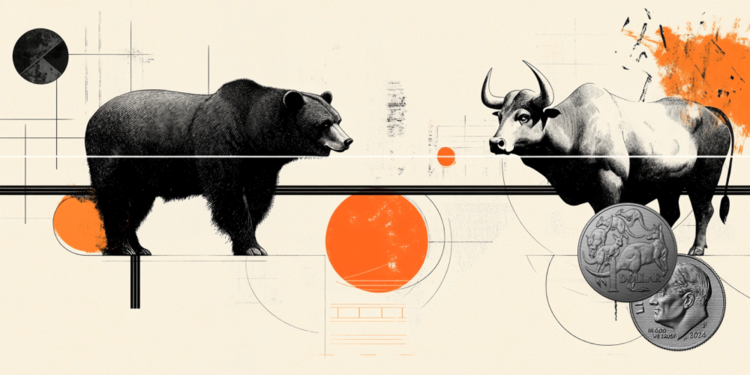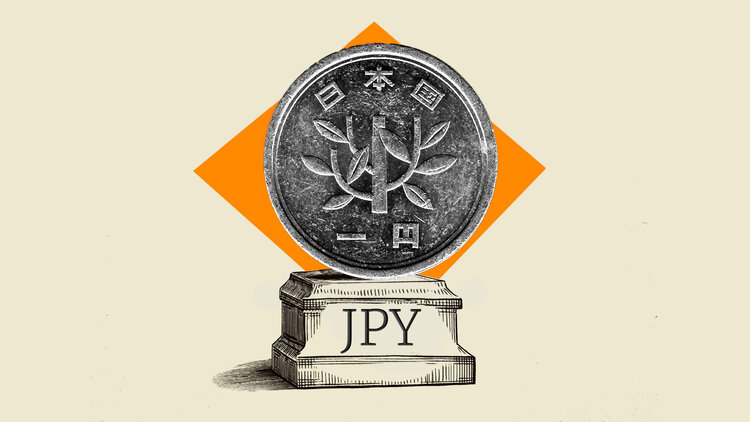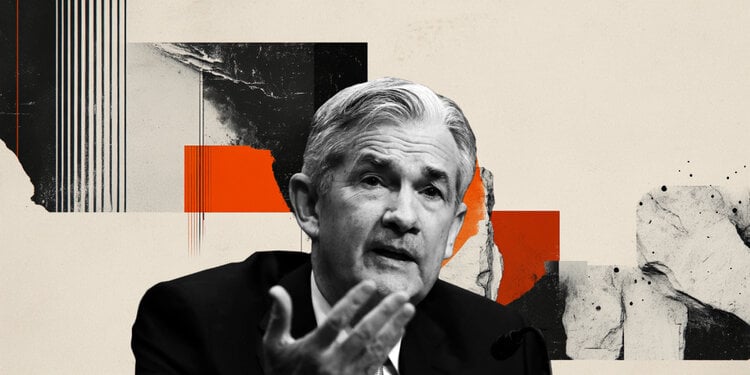- The British pound rebounds as market sentiment improves following weak US core consumer price index data.
- High inflation in the United Kingdom would allow the Bank of England to maintain an aggressive tone regarding interest rates.
- The US dollar falls sharply on weaker inflation prospects.
The British Pound (GBP) rebounds strongly following softening US Core Personal Consumption Expenditure (PCE) price index data for December. Monthly core PCE grew 0.2%, in line with estimates. The annual core PCE reading slowed to 2.9%, compared to expectations of 3% and the previous reading of 3.2%.
Looking ahead, investors will focus on next week's Bank of England (BoE) and Federal Reserve (Fed) interest rate decisions. Both central banks are expected to keep their monetary policy unchanged for the fourth consecutive time, but we will have to be very attentive to the guidance on interest rates for the entire year 2024.
BOE policymakers are expected to refrain from talk of rate cuts as the UK economy continues to experience significantly higher inflationary pressures than the US. However, policymakers could give some clues about future interest rate cuts. The Summary of Economic Projections (SEP) released after the last Fed meeting showed that members were forecasting an average of three rate cuts in 2024. Ahead of the Fed's interest rate decision, more data is expected soft PCE increase the odds in favor of a rate cut in March.
Daily summary of market movements: The Pound recovers and the Dollar breaks
- The British pound finds significant bids as investors focus on the Bank of England's interest rate decision, due to be announced next week.
- The Bank of England is expected to keep interest rates at 5.25% for the fourth time in a row.
- Investors will be watching closely to see if BoE policymakers follow in the footsteps of the Fed or the European Central Bank (ECB) and start talking about introducing costs into interest rates.
- Unlike the ECB and the Fed, BoE policymakers have offered no timelines or forecasts for rate cuts amid elevated inflationary pressures.
- The underlying inflation of the British economy stands at 5.1%, very far from the desired rate of 2%, and above that of the United States and the Eurozone (3.9% and 3.4% respectively).
- This could mean the BoE is the furthest behind among the Group of Seven central banks in launching a “rate cut campaign.”
- Meanwhile, improving business confidence in the economic outlook, in a context of hopes for rate cuts, could make price pressures more persistent.
- PMI numbers, reported by S&P Global for the month of January, rose significantly and signaled a promising start to 2024. Additionally, Red Sea Oil supply disruptions could increase inflationary pressures in the manufacturing sector.
- This could allow BOE policymakers to stretch the restrictive stance on interest rates.
- U.S. fourth-quarter gross domestic product (GDP) data released on Thursday indicated the economy is growing at a robust pace, allowing Federal Reserve (Fed) policymakers to hold back on rate cuts. interest rates in the first half of 2024.
- The US Dollar Index (DXY) falls sharply to near 103.23 as the US Core CPI report has indicated a softening of the inflation outlook.
Technical Analysis: Sterling rises to around 1.2750
-638418523529094294.png)
The British Pound approaches 1.2750 against the Dollar, after the publication of the US PCE data. The broader price action in the GBP/USD pair demonstrates a sharp contraction in volatility. Short-term demand for the Pound is stable as it aims to stay above the 20-period EMA, which is trading around 1.2700. In the daily time frame, a stock adjustment auction can be seen after a strong recovery, which means the absence of a possible economic trigger for a new orientation.
The 14-period Relative Strength Index (RSI) ranges between 40.00 and 60.00, indicating the absence of fresh momentum.
Inflation FAQ
What is inflation?
Inflation measures the rise in prices of a representative basket of goods and services. General inflation is usually expressed as a percentage of inter-monthly and inter-annual variation. Core inflation excludes more volatile items, such as food and fuel, which can fluctuate due to geopolitical and seasonal factors. Core inflation is the figure economists focus on and is the target level of central banks, which are mandated to keep inflation at a manageable level, typically around 2%.
What is the Consumer Price Index (CPI)?
The Consumer Price Index (CPI) measures the variation in prices of a basket of goods and services over a period of time. It is usually expressed as a percentage of inter-monthly and inter-annual variation. Core CPI is the target of central banks as it excludes food and fuel volatility. When the underlying CPI exceeds 2%, interest rates usually rise, and vice versa when it falls below 2%. Since higher interest rates are positive for a currency, higher inflation usually translates into a stronger currency. The opposite occurs when inflation falls.
What is the impact of inflation on currency exchange?
Although it may seem counterintuitive, high inflation in a country drives up the value of its currency and vice versa in the case of lower inflation. This is because the central bank will typically raise interest rates to combat higher inflation, attracting more global capital inflows from investors looking for a lucrative place to park their money.
How does inflation influence the price of Gold?
Gold was once the go-to asset for investors during times of high inflation because it preserved its value, and while investors often continue to purchase gold for its safe haven properties during times of extreme market turmoil, this is not the case. most of the time. This is because when inflation is high, central banks raise interest rates to combat it.
Higher interest rates are negative for Gold because they increase the opportunity cost of holding Gold versus an interest-bearing asset or placing money in a cash deposit account. On the contrary, lower inflation tends to be positive for Gold, as it reduces interest rates, making the shiny metal a more viable investment alternative.
Source: Fx Street
I am Joshua Winder, a senior-level journalist and editor at World Stock Market. I specialize in covering news related to the stock market and economic trends. With more than 8 years of experience in this field, I have become an expert in financial reporting.







